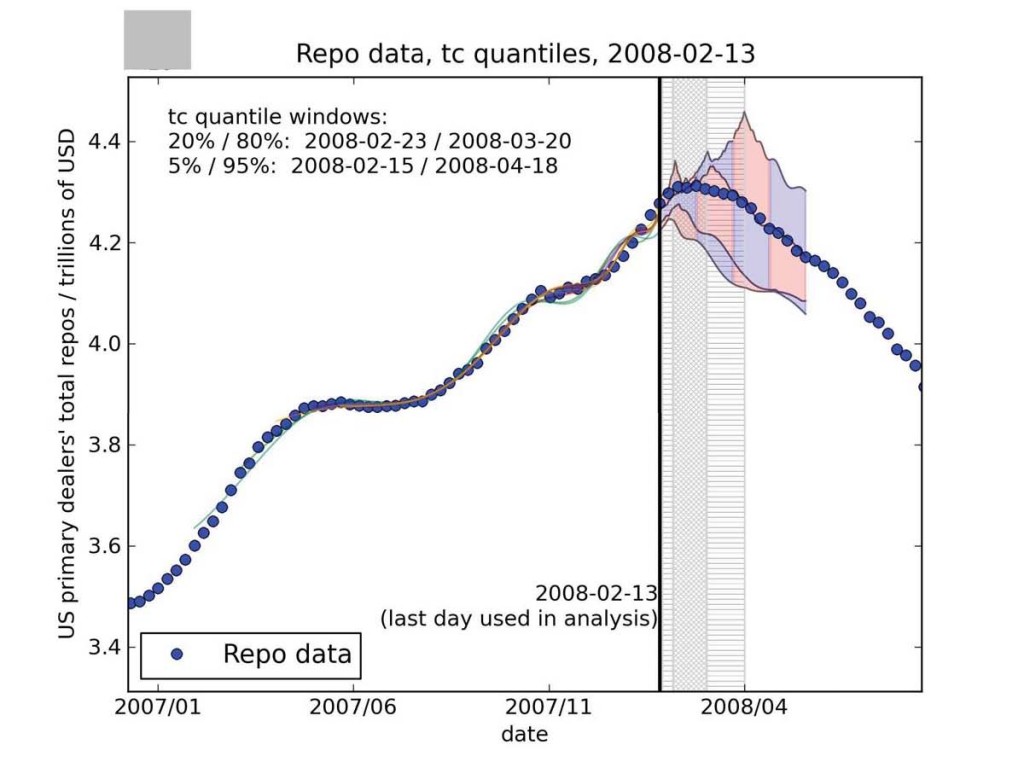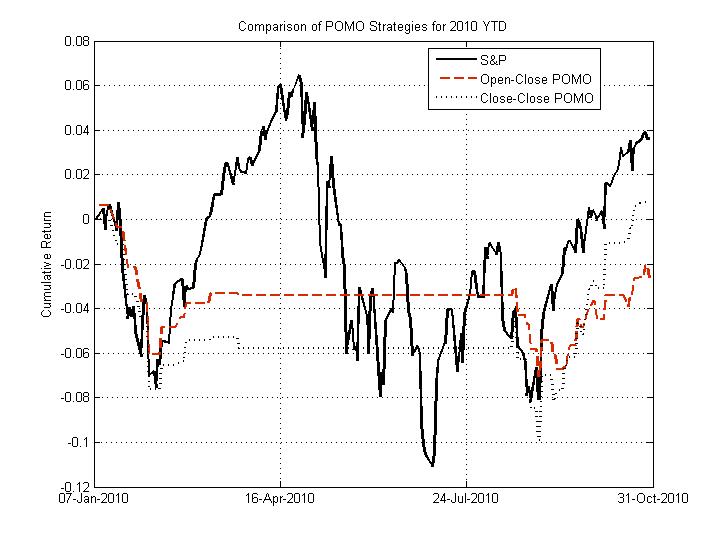Since October has apparently been National Bash “Nobelist” Paul Krugman Month and I only have one more day left to get in on the action, here are my two cents on his column today, Accounting Identities.
OK, so here’s the bit:
To avoid all this, we’d need policies to encourage more spending. Fiscal stimulus on the part of financially strong governments would do it; quantitative easing can help, but only to the extent that it encourages spending by the financially sound, and it’s a little unclear what the process there is supposed to be.
Oh, and widespread debt forgiveness (or inflating away some of the debt) would solve the problem.
But what we actually have is a climate in which it’s considered sensible to demand fiscal austerity from everyone; to reject unconventional monetary policy as unsound; and of course to denounce any help for debtors as morally reprehensible. So we’re in a world in which Very Serious People demand that debtors spend less than their income, but that nobody else spend more than their income.
My understanding of this passage is that Krugman is arguing that we probably can’t avoid fundamental national accounting identities with austerity (UK) or indirect measures (QE1/2). However, his flippant suggestion in paragraph two above is that forgiving debt (of consumer debtors, I assume) would solve the problem by freeing up these actors to spend. Many countries around the world, ours included, have demonstrated that property rights and contract enforcement are sometimes “flexible” in times of crisis. Debt forgiveness, or a debt-to-equity swap more generally, can be reasonable tools if the rules for these credit events are determined a priori in a way that creditors can model.
However, for someone like Krugman to suggest widespread debt forgiveness as an ex-post government policy seems like an incredible affront to property rights and contract enforcement, the two basic legal principles that have been empirically demonstrated to produce real growth around the world (on both sides of the autocratic/democratic scale, by the way). Krugman may have named his column “the conscience of a liberal,” but I’d love to see what he thinks wealth demographics would look like after consumer credit markets disappear.





